How Fast Does a Kawasaki Mule Go?

There’s nothing like being out on the trail and really laying your foot on the gas to see how fast your side-by-side can go. If you’ve been thinking about buying a Kawasaki Mule, asking whether or not it’s a speed demon is a fair question.
In fact, we often get asked about the speed specs of many side-by-sides, so this is nothing new for us.
Overall, we know that many riders view the Kawasaki Mule as a solid workhorse. You can easily use it to haul gear around the farm or climb rocky trails. However, what you might not know is that the Mule has a bit more zip than people give it credit for, especially when you have a model made for speed.
Beyond its brute strength and versatile set of uses, it can be just as much fun letting rip out on the trails.
In this guide, we’re going to take a look at how fast the Mule can actually go, what impacts its speed (hint: it’s not just the engine), and how you can squeeze out a little extra performance with the right mods.
Factors That Determine the Speed of a Kawasaki Mule
You’re probably not going to set any records with a Kawasaki Mule, nor will you win any races if the competition has access to the right UTV, such as a Can-Am Maverick. This is because Kawasaki designed the Mule for grueling tasks rather than leaving clouds of dust on the trails.
With that said, I wouldn’t want to pigeonhole it as a one-trick pony. There are a few different variables that come into play when you’re trying to determine the overall speed of any given mule.
Engine Size and Model
The first thing you want to look at is the engine size. This is going to have the biggest impact on the speed of your Mule.
The Mule lineup features engines that range from around 400cc to 999cc.
Smaller engines, like the 617cc, are perfect for lighter loads and lower speeds. I’d only recommend them for small worksite tasks. However, the larger and more powerful 999cc engines pack quite a bit of torque, making them great for large loads and uneven terrain.
The main thing is that bigger engines can carry more weight. That doesn’t always mean they’re the fastest. Many manufacturers build larger engines for power and torque, giving drivers more pulling power. So, if you have a lighter model that’s a bit sportier in its design, it’ll likely be faster too.
Weight Load
Don’t forget that what you’re hauling matters too.
If your mule is empty, you’ll zip along quite nicely. However, with some gear in the cab, such as a cooler or toolbox, you’ll have a harder time hitting top speed. It’s the same as running with a weighted vest. Any extra weight is bound to slow you down.
If you’re heavier, or a few of your heavier buddies want to tag along, it can also be a detriment to your overall speed.
Terrain Type
Now, of course, if you’re driving across a flat asphalt surface without much resistance, you’ll be able to go much faster than on a muddy or rocky trail. Again with the running analogy, think of it as running down the street versus the beach.
Tires and Gear Ratio
Your tires and gear ratio can also play a big role in the speed of your Kawasaki.
Large, off-road tires are great for hitting rough terrain, though they aren’t built for speed.
Similarly, if you have a gear ratio that’s tuned for riding off-road rather than for highway speed, you’re going to get a different set of performance benefits.
Wind Resistance
The last thing to think about is wind resistance. This is especially true if you’re driving at high speeds. The Mule isn’t the most aerodynamic side-by-side to begin with, and when faced with high winds, it can have trouble breaking through.
Typical Speeds Across Kawasaki Mule Models
Now that we have all of that out of the way, let’s take an actual look at what you can expect from what your Kawasaki Mule can be capable of, based on the model you get. Here’s a simple chart breakdown:
|
|
Engine Size |
Top Speed |
Best Use |
|
Kawasaki Mule SX |
401cc (Single-Cylinder) |
25 mph |
Light-duty hauling and farm work |
|
Kawasaki Mule 4010 |
617cc |
25 mph |
Moderate trail riding and light-duty farm work |
|
Kawasaki PRO-MX |
695cc |
45 mph |
Off-roading and medium-duty work around the farm |
|
Kawasaki Mule PRO-FXT |
812cc |
46 mph |
Heavy-duty hauling, farm work, and off-roading |
|
Kawasaki Mule Pro 1000 |
999cc |
65 mph |
Fast off-roading and heavy-duty farm work
|
While you’re not going to get the same level of speed you’d get out of a sport UTV model, that’s not really the m.o. of the Mule. This side-by-side is more so for heavier chores or short trips off-road.
Modifying the Kawasaki Mule for Speed
Now, with all of that said, that doesn’t mean you can’t make a few simple modifications to get a bit more speed out of your Mule. Let’s take a look at some of the most popular!
Tires and Wheels
One of the easiest ways to get more speed out of your mule is by swapping out the stock tires. With lighter, sportier tires, you can shave a few seconds off your ride time by reducing rolling resistance.
Plus, you might also get better handling out of your Mule when cruising along paved surfaces.
Clutch Kits
The better your clutch system, the more torque you’ll be able to get with your Mule. Not only will you be able to get off the line faster, but your Mule will also feel more responsive.
Plus, an optimal clutch will make carrying heavier loads easier.
ECU Tuning and Speed Governors
Many side-by-sides have built-in speed governors, which basically limit the top speeds they can reach. This is also true of the Kawasaki Mule. If performance is what you’re after, this can be a bit of a bummer. Luckily, you should be able to take your Mule to a mechanic who’s familiar with these vehicles and get your ECU tuned to remove the speed governors.
Suspension Upgrades
If you want to top out your Mule’s speed, you’re going to need a suspension upgrade. With better shocks and springs, it’ll feel more stable as you start to top out on rougher terrain.
Gear Up with Our Store
Looking to upgrade your Mule and get more from it than what’s available on the stock model? If so, check out our wide range of Kawasaki Mule accessories here at StarknightMT!
How to Choose the Right Kawasaki Mule

Alright, so which Kawasaki Mule is right for you?
The answer depends on what you need it to do. Are you prioritizing heavy-duty farm work or trail riding?
If the prior, we recommend the PRO-FXT or the Pro 1000. With 812cc and 999cc engines respectively, they have more than enough power to haul large loads, though can still hold their own on the trail.
On the other hand, if you want a more nimble Mule that can handle narrow trails, we recommend the Mule SX. It’s super compact, easy to drive, and still tough enough to take on light off-roading.
You get a single-cylinder 401cc engine that can take on light-duty work around your property as well!
Conclusion
At the end of the day, the Kawasaki Mule is a strong and reliable UTV, just like an actual mule! If you ultimately want more speed out of your Mule, you can perform a few simple upgrades. Add some high-quality yet affordable Kawasaki Mule accessories from StarknightMT, and you’ll have everything you need for the perfect setup!
FAQs
Q1: What are the best Kawasaki Mule mods?
A1: While there are several great modifications you can make to get the most utility and performance out of your Mule, some of our favorites include tire upgrades, clutch upgrades, and ECU tuning.
Q2: Which Kawasaki Mule model is best for off-roading?
A2: If you're looking for a Mule that's built for off-roading, the Mule PRO-MX, PRO-FXT, or Pro 1000 are great options. However, for tighter trails, we’d go with smaller models like the Mule SX or Mule 4010.
Q3: What’s the best Kawasaki Mule for farm work?
A3: It really depends on how heavy-duty the farm work is. For lighter farm work, the Mule SX or Mule 4010 can get the job done. However, for heavier loads, we’d recommend stepping it up to at least a PRO-MX.

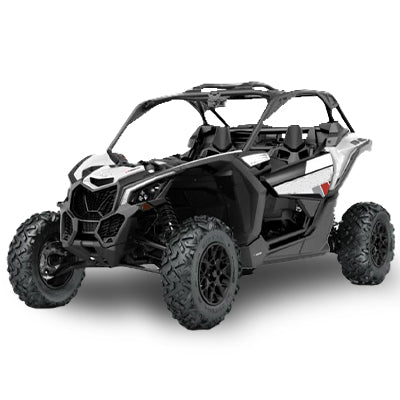
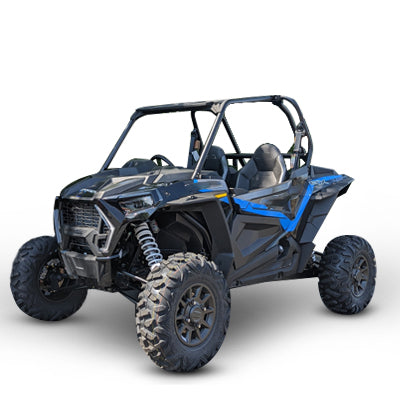
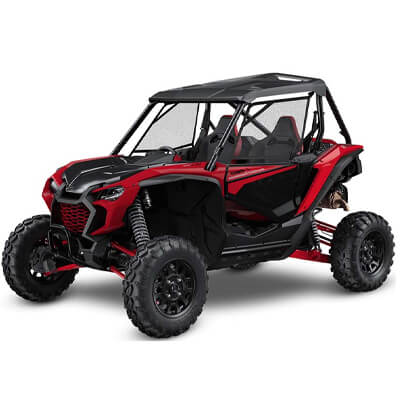
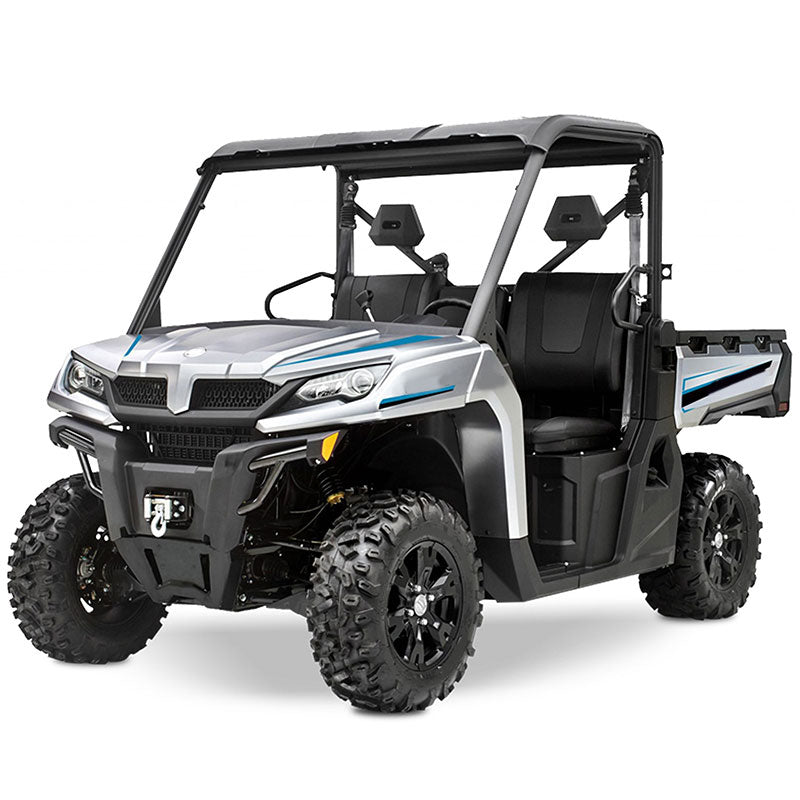
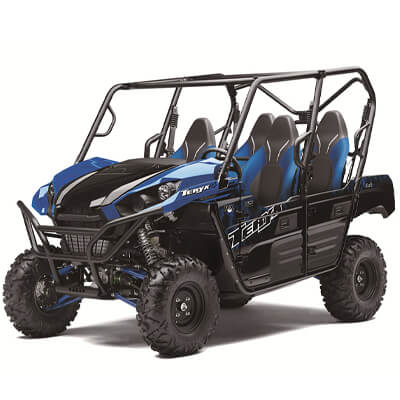
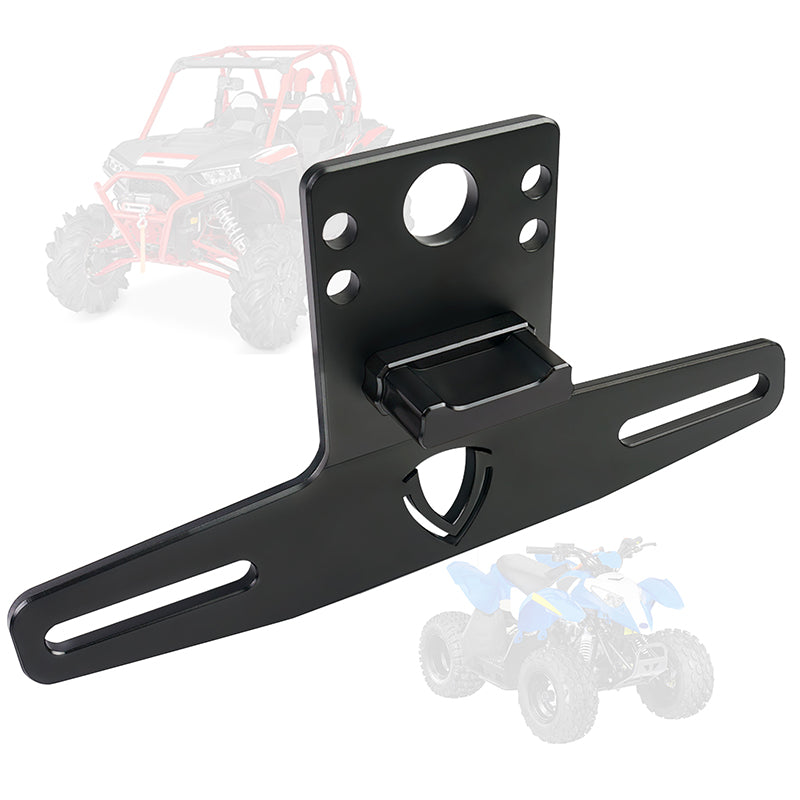
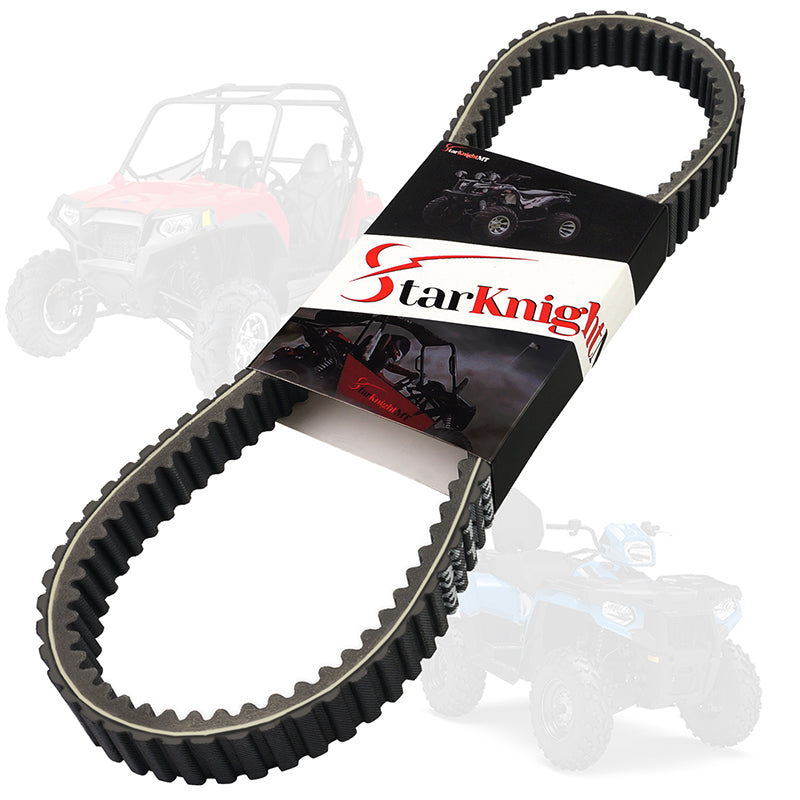



Leave a comment